How To Use Photography Lights?
Photography lights can be used to enhance the lighting conditions for a photo shoot. By positioning the lights strategically, you can control the direction, intensity, and quality of the light to achieve the desired effect. Different types of photography lights, such as continuous lights or strobes, offer various benefits and can be used based on the specific requirements of the shoot. Additionally, modifiers like softboxes, umbrellas, and reflectors can be employed to further manipulate the light and create the desired mood or atmosphere in the photographs. Understanding the principles of lighting and experimenting with different setups will help you effectively use photography lights to capture stunning images.
1、 Types of Photography Lights

Photography lights are essential tools for creating stunning images in various settings. There are several types of photography lights, each with its own unique characteristics and uses. Understanding the different types of photography lights can help photographers achieve their desired lighting effects and enhance the overall quality of their images.
1. Continuous Lighting: Continuous lighting provides a constant light source that allows photographers to see the lighting effect in real-time. This type of lighting is commonly used in video production and portrait photography, as it provides a consistent illumination that is easy to control and adjust.
2. Strobe Lighting: Strobe lighting, also known as flash lighting, produces short bursts of intense light. This type of lighting is popular in studio photography and outdoor shoots, as it can freeze motion and create dramatic lighting effects. Strobe lights are versatile and can be used to create various moods and atmospheres in photographs.
3. LED Lighting: LED lights have gained popularity in recent years due to their energy efficiency, portability, and versatility. LED lighting is suitable for both photography and videography, as it provides a soft, diffused light that is easy to control and adjust. LED lights also come in a variety of color temperatures, making them suitable for different shooting conditions.
4. Natural Light: While not a traditional photography light, natural light plays a crucial role in photography. The use of natural light can create beautiful, soft lighting effects that are ideal for outdoor portraits, landscapes, and lifestyle photography. Understanding how to harness and manipulate natural light is essential for photographers working in diverse environments.
How to Use Photography Lights
Using photography lights effectively requires a combination of technical knowledge, creativity, and practical experience. Here are some tips for using photography lights:
- Understand the characteristics of different types of lighting and how they can be used to achieve specific effects.
- Experiment with the positioning of lights to create different moods and atmospheres in your photographs.
- Use light modifiers such as softboxes, umbrellas, and reflectors to control and shape the quality of light.
- Consider the color temperature of the light source and how it will affect the overall look of your images.
- Practice using a combination of natural and artificial light sources to create dynamic and visually compelling photographs.
In today's digital age, photographers have access to a wide range of lighting equipment and resources, allowing for greater creativity and flexibility in their work. Embracing new technologies and techniques can help photographers stay ahead of the curve and produce captivating images that resonate with modern audiences.
2、 Setting Up Photography Lights

"Setting Up Photography Lights"
Photography lights are essential for creating stunning and professional-looking photographs. To set up photography lights effectively, follow these steps:
1. Choose the right type of lighting: There are various types of photography lights, including continuous lights, strobe lights, and LED lights. Each type has its own advantages and disadvantages, so choose the one that best suits your needs and budget.
2. Position the lights: Place the main light source, such as a key light, in front of the subject to illuminate the main features. Use fill lights to reduce shadows and create a more balanced lighting effect. Additionally, consider using backlighting to separate the subject from the background.
3. Adjust the intensity and color temperature: Depending on the desired mood and style of the photograph, adjust the intensity and color temperature of the lights. This can be done using dimmer switches or by changing the bulbs to achieve the desired effect.
4. Use light modifiers: Light modifiers such as softboxes, umbrellas, and reflectors can help control the direction and quality of light, resulting in more flattering and professional-looking images.
5. Experiment and practice: Don't be afraid to experiment with different lighting setups and techniques. Practice using photography lights in various scenarios to develop your skills and find what works best for your style.
In the latest point of view, advancements in technology have led to the development of more energy-efficient and versatile LED lighting options, which offer greater control over color temperature and intensity. Additionally, wireless connectivity and smart lighting systems have made it easier to control and adjust photography lights remotely, providing photographers with more flexibility and convenience.
3、 Light Modifiers and Accessories

Photography lights are essential tools for creating stunning and professional-looking images. To use photography lights effectively, it's important to understand how to manipulate and control light to achieve the desired effect. Here are some tips on how to use photography lights:
1. Positioning: Experiment with the placement of your lights to achieve the desired lighting effect. Consider the angle, distance, and height of the lights to create the right mood and atmosphere for your photos.
2. Light Modifiers: Use light modifiers such as softboxes, umbrellas, and reflectors to control the quality and direction of light. Softboxes create a soft, diffused light, while umbrellas can provide a broader, more even spread of light. Reflectors can bounce light back onto the subject to fill in shadows.
3. Color Temperature: Understand the color temperature of your lights and how it can affect the mood of your photos. Adjust the color temperature of your lights to match the ambient light or to create a specific atmosphere.
4. Power and Intensity: Control the power and intensity of your lights to achieve the desired exposure. Use dimmers or power controls to adjust the brightness of your lights as needed.
5. Latest Point of View: With the advancement of technology, LED lights have become increasingly popular in photography due to their energy efficiency, adjustable color temperature, and compact size. They offer photographers more flexibility and control over their lighting setups.
In conclusion, mastering the use of photography lights and their modifiers is essential for creating impactful and visually appealing images. Experiment with different techniques and equipment to develop your own unique style and approach to lighting in photography.
4、 Understanding Light Temperature and Color

Photography lights are essential tools for creating stunning and professional-looking images. To use photography lights effectively, follow these steps:
1. Positioning: Place the lights at different angles to create the desired effect. Experiment with the distance and height of the lights to achieve the best results.
2. Adjusting Intensity: Use the controls on the lights to adjust the intensity and brightness. This will help you control the overall exposure and highlight specific areas of the subject.
3. Modifying Light: Consider using light modifiers such as softboxes, umbrellas, or reflectors to diffuse or direct the light as needed. These tools can help create a softer, more flattering light on the subject.
4. Understanding Light Temperature and Color: It's crucial to understand the concept of light temperature and color when using photography lights. Different light sources emit light at varying color temperatures, which can affect the overall mood and tone of the image. For example, natural daylight has a cooler temperature, while tungsten lights emit a warmer tone. Understanding these differences can help you achieve the desired look for your photographs.
The latest point of view on understanding light temperature and color emphasizes the importance of white balance in photography. White balance ensures that the colors in your images appear natural and accurate, regardless of the light source. With the advancement of digital photography, white balance settings can be adjusted in-camera or during post-processing to achieve the desired color temperature. This allows photographers to have more control over the final look of their images, resulting in more consistent and professional results.










-200x200.jpg)
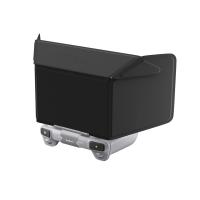




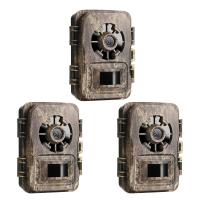
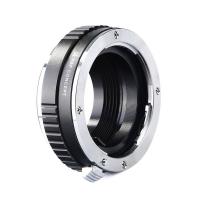

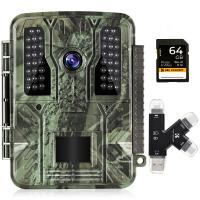

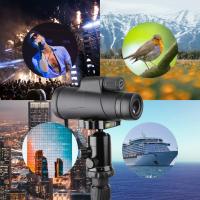
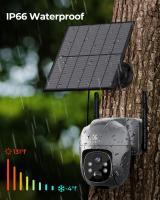


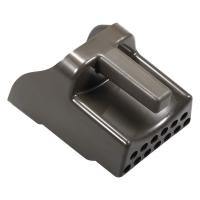


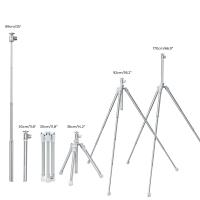
There are no comments for this blog.